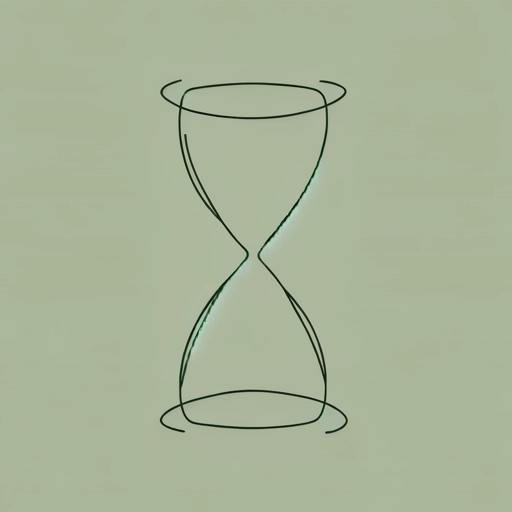43 pages • 1 hour read
Gabriel García Márquez, Transl. Gregory RabassaThe Autumn of the Patriarch
Fiction | Novel | Adult | Published in 1975A modern alternative to SparkNotes and CliffsNotes, SuperSummary offers high-quality Study Guides with detailed chapter summaries and analysis of major themes, characters, and more.
Symbols & Motifs
The General’s Body
The General’s body, as a motif, is the site of the story; it is the vessel through which power lives and fate orchestrates death—either his own or others. His feet are one of his most pronounced physical attributes. The narrator repeatedly describes the “great feet of an illusory monarch” or the “great feet of a senile elephant” (206, 221). In both cases, while his feet are monstrous and validate his physical presence, they are but a symbol of the encasement which will be his inevitable demise.
The General’s body is easily imitated by Patricio or José which suggests that the physical presence of the General is of no consequence to power—instead his body only represents power. Márquez emphasizes this by continually returning to a dead body that may or may not be the General. In fact, when people do encounter the General’s actual body, like when Manuela sees him for the first time, she sees “his baggy linen suit as if there was nobody inside, his enormous dead man’s shoes” (70), further demonstrating that his body is only a vessel for power and does not constitute power.
Related Titles
By these authors
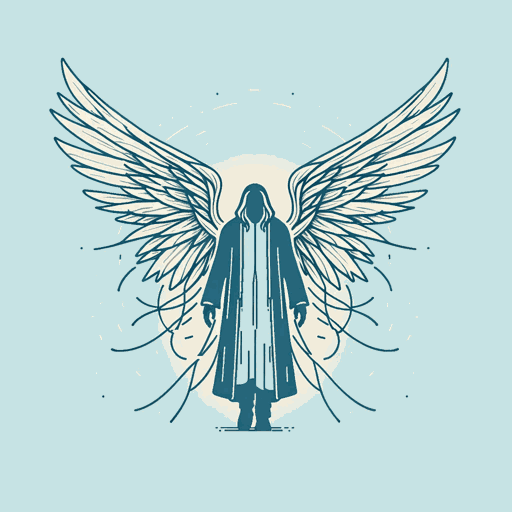
A Very Old Man With Enormous Wings
Gabriel García Márquez
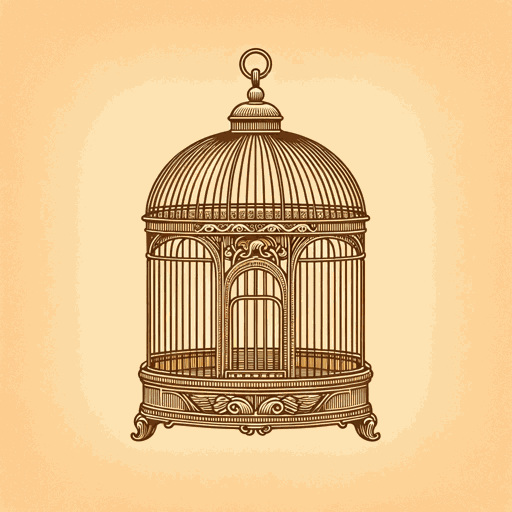
Balthazar's Marvelous Afternoon
Gabriel García Márquez
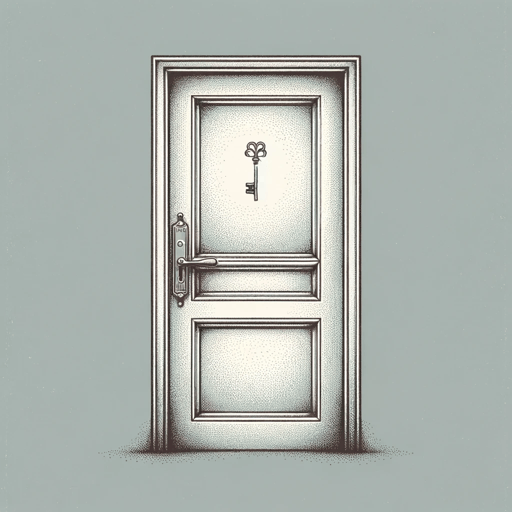
Chronicle of a Death Foretold
Gabriel García Márquez

Death Constant Beyond Love
Gabriel García Márquez

Eyes of a Blue Dog
Gabriel García Márquez

In Evil Hour
Gabriel García Márquez

Innocent Erendira
Gabriel García Márquez

Leaf Storm
Gabriel García Márquez
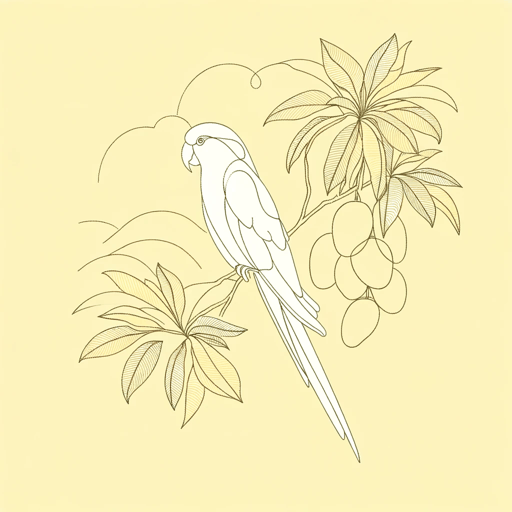
Love in the Time of Cholera
Gabriel García Márquez

Memories of My Melancholy Whores
Gabriel García Márquez

News of a Kidnapping
Gabriel García Márquez
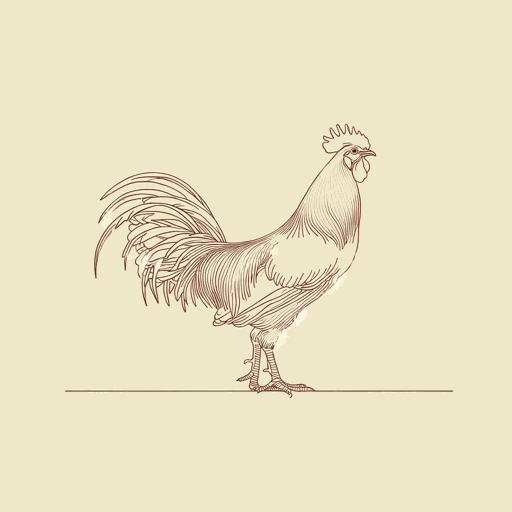
No One Writes To The Colonel
Gabriel García Márquez

Of Love And Other Demons
Gabriel García Márquez
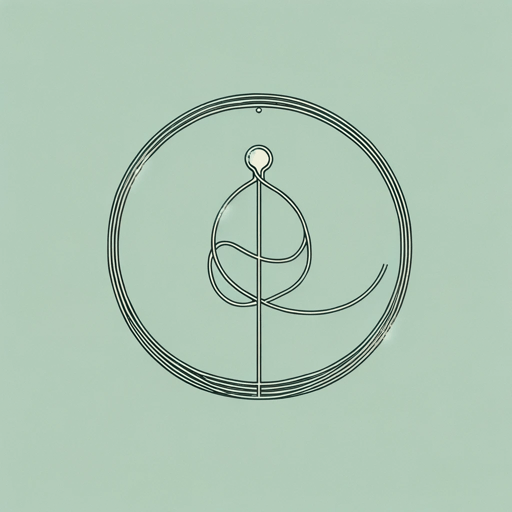
One Hundred Years of Solitude
Gabriel García Márquez
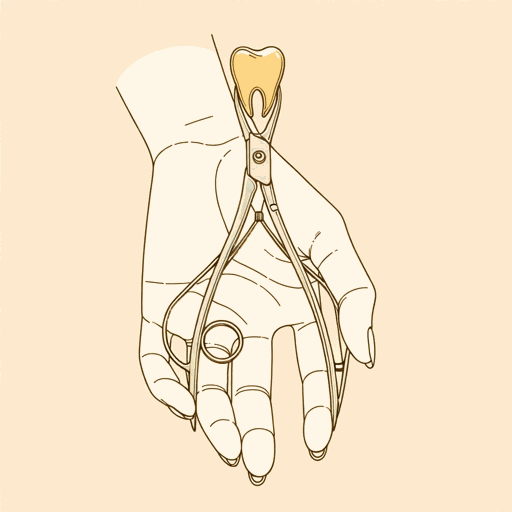
One Of These Days
Gabriel García Márquez

Strange Pilgrims
Gabriel García Márquez

The General in His Labyrinth
Gabriel García Márquez
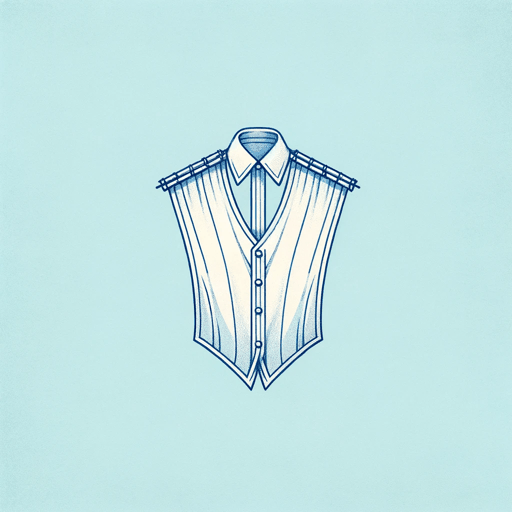
The Handsomest Drowned Man in the World
Gabriel García Márquez
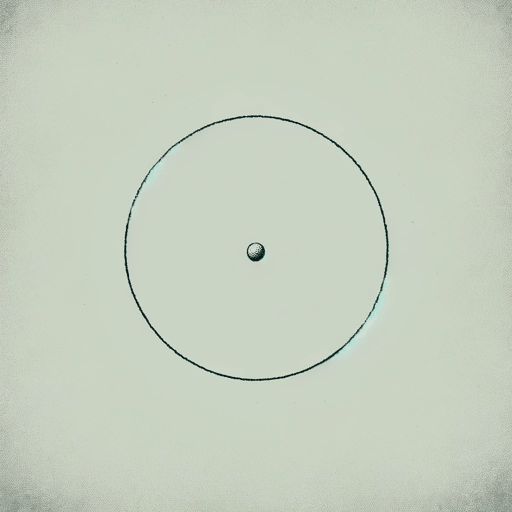
The Posthumous Memoirs of Brás Cubas
Joaquim Maria Machado de Assis, Transl. Gregory Rabassa
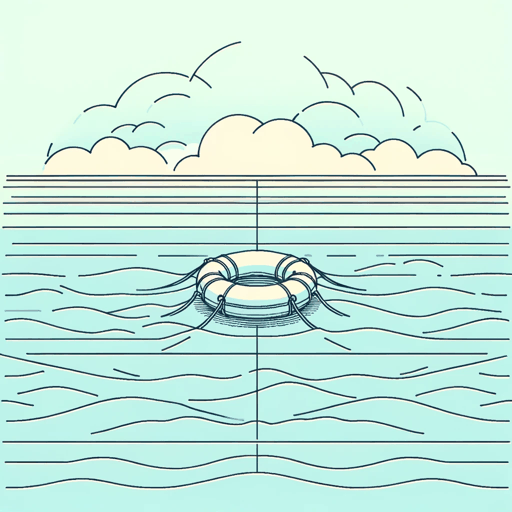
The Story of a Shipwrecked Sailor
Gabriel García Márquez
